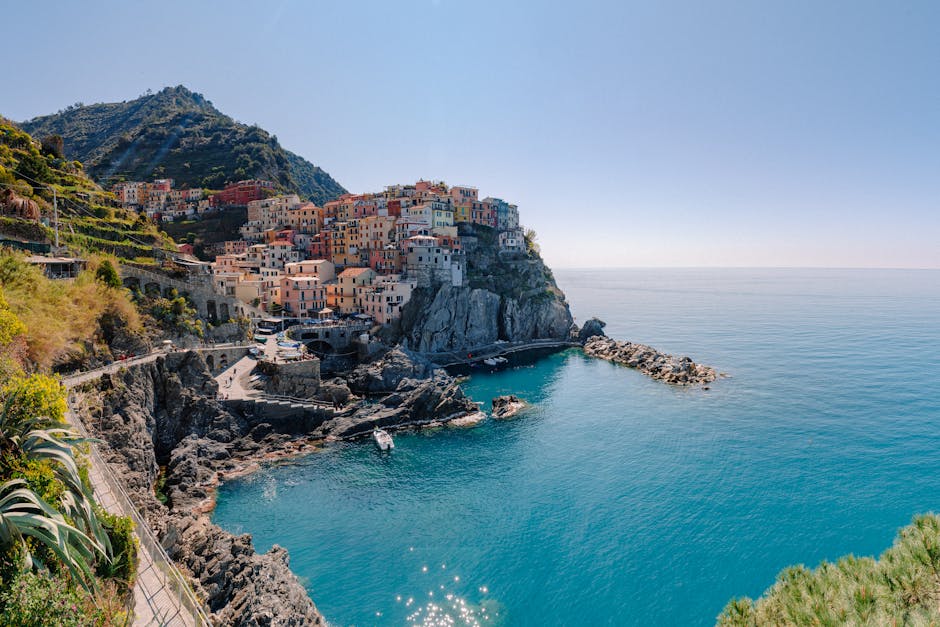Embarking on a heritage tour is akin to stepping through a gateway into the soul of a nation. Each step taken is a story unfolded, revealing the rich tapestry of history and culture that has been woven over centuries. Heritage tours offer a unique lens through which the essence of a country’s culture is not just observed, but experienced, felt, and understood.
The Essence of Heritage Tours in Cultural Exploration
Heritage tours are much more than simple visits to tourist attractions; they are immersive experiences that connect travelers to the historical, architectural, and cultural fabric of a place. Through walks along ancient pathways, visits to historical landmarks, and encounters with local traditions, visitors gain a deep appreciation for the past. These experiences, curated with passion and deep knowledge by local guides, offer insights that go beyond the surface, revealing the complexities and richness of the local culture.
How Heritage Tours Offer a Deep-Dive into Local Traditions
One of the most compelling aspects of heritage tours is their ability to bring history to life through the exploration of local traditions and customs. Participants are not just passive observers but become actively engaged in the storytelling process. Whether it’s through a traditional cooking class, a folk dance performance, or a craft workshop, these tours offer a hands-on experience of the cultural heritage that shapes a community’s identity. It’s a journey that encourages not just understanding but genuine connection.
Moreover, heritage tours often delve into elements of culture that are not widely known or appreciated by the general public. They can uncover hidden gems, such as lesser-known historical sites or family-run artisans’ workshops, providing a unique perspective on the cultural landscape of a destination. This in-depth exploration fosters a greater appreciation for the skills, creativity, and traditions that have been passed down through generations.
Connecting with the Past: The Role of Storytelling in Heritage Tours
Storytelling is the heartbeat of a heritage tour, serving as a bridge between the past and the present. These stories, often recounted by native guides with a personal connection to the area, add a layer of authenticity and emotion that cannot be replicated. They have the power to transport visitors back in time, offering a glimpse into the lives of those who walked the streets before them. Through vivid narratives, the historical events, cultural achievements, and everyday life of a bygone era come alive, allowing tourists to feel a sense of belonging to the story of the place.
The art of storytelling on heritage tours also ensures that cultural heritage is not forgotten but honored and preserved. Each narrative shared is an act of remembrance, a tribute to the ancestors and their legacy. This engagement through storytelling enriches the tour experience, leaving a lasting impression on travelers that extends far beyond the end of their journey.
Experiencing the Authenticity of a Place Through Its Heritage
Authenticity is a key ingredient in the recipe for a meaningful travel experience. Heritage tours offer this by providing an unfiltered glimpse into the heart and soul of a place. Rather than experiencing a destination through the lens of commercial tourism, travelers immerse themselves in the genuine character of a location. This authentic engagement with the culture allows for a deeper connection and understanding, highlighting the unique essence that defines a place beyond its physical appearance.
Through participation in local festivals, religious ceremonies, and community events, travelers have the opportunity to witness the cultural expressions that are central to the identity of a place. These experiences are not just entertaining; they are enlightening, offering profound insights into the values, beliefs, and traditions that shape the everyday lives of the people.
The Impact of Heritage Tours on Local Communities and Economies
Heritage tours not only enrich the traveler’s perspective but also play a significant role in sustaining and revitalizing local communities. By directing tourist interest and investment towards historical sites and cultural experiences, these tours contribute to the preservation of heritage assets that might otherwise be neglected. This injection of resources can help maintain important cultural landmarks, support local craftspeople, and revitalize traditional practices.
Moreover, by offering an authentic glimpse into the culture and history of a place, heritage tours can foster a sense of pride among local residents. They serve as a reminder of the richness of their own heritage, encouraging communities to preserve and celebrate their cultural identity. This mutual benefit creates a powerful connection between travelers and the places they visit, built on respect and appreciation for the diverse tapestry of world cultures.
The Journey Through Time
In the end, heritage tours stand out as the most vivid pages of a cultural guidebook, inviting travelers to not just see but participate in the story of a place. They remind us that the heart of a country beats not in its modern skyline, but in the echoes of its past, the rituals of its people, and the beauty of its traditions. These tours are essential for anyone looking to grasp the full picture of a nation’s identity, painting a portrait of its culture with each story shared and landmark visited.








